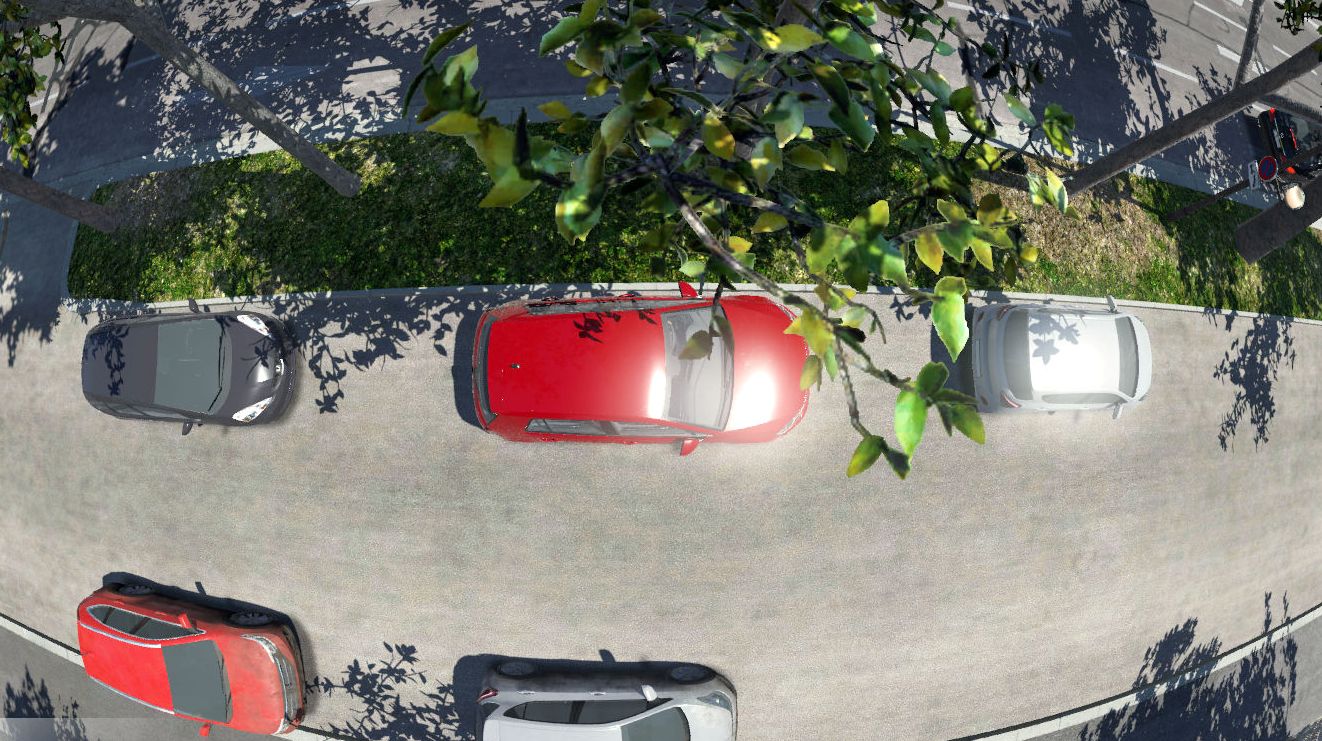Advances in hardware-in-the-loop simulation have resulted in enhanced realism in prototyping by interfacing real hardware with high-fidelity software
Driving simulation experts at rFpro have been working with embedded electronics specialists at Xylon to accelerate the testing of complex automotive systems by interfacing real hardware with a simulated environment for both open and closed-loop testing.
By exchanging the software ECU (Engine Control Unit) model used in a software-in-the-loop (SIL) simulation with the real physical ECU, stimulated and monitored from the software simulator, a new level of realism can be achieved that delivers greater confidence in simulation results. This validation allows engineers to ensure products are ready for market in the fastest and most cost-effective way.
The two companies have been working together to create a flexible interface that can be quickly and independently adapted to suit a variety of third-party ECUs and applications.
Parking Assistance Model
The concept has been validated by interfacing rFpro’s driving simulation software with Xylon’s 360-degree Surround View parking assistance ECU. In the real world, the system stitches together the output from four cameras placed around the vehicle – in the front grille, rear bumper, and under each door mirror – to create a bird’s eye view of the vehicle and its surroundings to aid parking manoeuvres.
In the simulation, rFpro’s high-definition scenes are rendered using specific models that precisely match the characteristics of each parking camera, complete with fish-eye lens distortion. The rFpro output then passes through the Xylon’s logiRECORDER interface box, converting it into four video feeds that can be fed to the hardware ECU in a format identical to that of the real cameras.
By feeding the ECU with data that is indistinguishable from that generated in the real world, the ECU can be tested in a wide variety of scenarios using production firmware. With the aid of rFpro’s tried and tested simulation software, challenging lighting conditions, harsh environments and countless other test scenarios can all be instantly simulated and tested far faster and more cost-effectively than ever before.
Closed Loop Testing
In addition to this, closed-loop testing is also possible, with the ECU’s responses fed back through the Xylon’s logiRECORDER interface box to rFpro, allowing it in turn to respond and update the simulation based on the ECU’s reactions. This reinforces the ability of rFpro’s software to significantly accelerate testing programmes for a wide variety of automotive systems, often eliminating the need for physical testing in a number of scenarios.
The data-intensive scenario presented by the parking ADAS (Advanced Driver Assist Systems) set-up acts as a perfect demonstration of the interface’s very high bandwidth capability, making it suitable for use with a wide variety of ECUs and with support for practically all types of serial interface.
According to Matt Daley, Operations Director at rFpro, the company has been at the forefront of high-definition and high-quality world models for real-time simulators for many years, and that makes this expansion into hardware-in-the-loop (HIL) injection systems a natural progression.
“The ability to interface with third-party hardware providers such as Xylon is a key advantage of our flexible approach, and ensures customers are not locked in to any one single system or approach. Working together has enabled us to bring advancements in hardware-in-the-loop simulations to our customers,” concluded Daley.
The rFpro system continues the trend of developing more HIL enabled simulation systems to create continually improving virtual prototyping models for increasingly complex automotive projects.
- UK manufacturing steps up to COVID-19 crisis - April 2, 2020
- Clustering Innovation - March 12, 2020
- A Global Monitor - March 6, 2020

